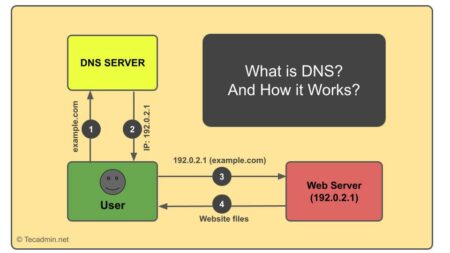In the vast expanse of the digital universe, every website visit begins with an unseen but crucial process, as integral…
Browsing: dns
As the trend toward secure web traffic continues to increase, more sites than ever are using SSL/TLS certificates to ensure…
Reverse DNS, also known as rDNS, is a system that maps an IP address to a hostname. Unlike traditional DNS…
When you add an SPF record to your domain, it helps indicate whether your email is being spoofed or not.…
What is DMARC? Domain-based Message Authentication, Reporting, and Conformance (DMARC) is a technical specification for email authentication that was developed…
DNS caching is a technique used by operating systems and applications to temporarily store DNS query results to reduce latency…
DNS (Domain Name System) caching is a technique used by operating systems and applications to store the resolved domain names’…
The Domain Name System (DNS) is a fundamental part of the internet infrastructure, as it translates human-readable domain names into…
The `nslookup` command is a powerful tool used by system administrators and network engineers to troubleshoot DNS issues. This command…
To configure your system on network and access internet. You also need to configure dns server. It is necessary to…


